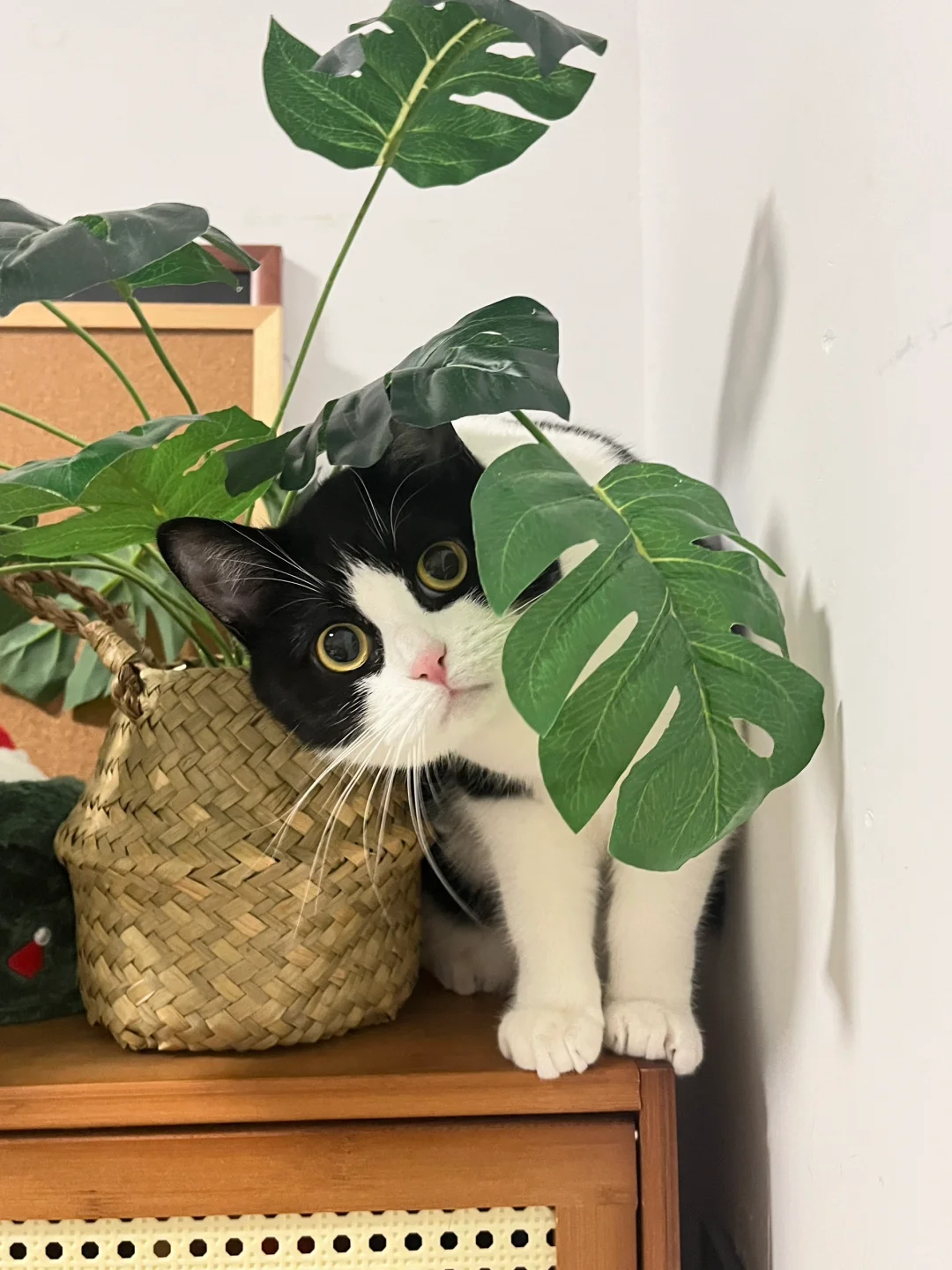 Introduction: Changing Cat Litter Solutions
Introduction: Changing Cat Litter Solutions
Cat owners enjoy fun moments with their pets, but litter management remains a practical challenge. For years, many people used clay and silica-based litter, which does not break down naturally and needs disposal in landfills. Now, flushable cat litter offers a new alternative. It promises convenience, improved hygiene, and better environmental impact. In this article, I will describe flushable cat litter, highlight its advantages, and discuss how to choose the right product for your cat.
What Is Flushable Cat Litter?
Flushable cat litter goes down the toilet like human waste. Companies often use natural, biodegradable materials such as corn, wheat, wood, or paper to make it. These materials break down in water and do not clog most plumbing if used properly. Unlike traditional litters that contain chemicals or synthetic minerals, flushable litter uses basic, eco-friendly ingredients.
After your cat uses the litter box, you scoop the waste. Instead of bagging it and putting it in the trash, you flush it away. Many cat owners appreciate this convenience, especially in apartments or cities where taking out garbage can be a hassle.
Environmental Benefits
Flushable cat litter provides several environmental benefits. First, companies use natural ingredients that decompose faster than clay or silica. These options help reduce landfill waste. Corn, wheat, and wood are renewable, so their production leaves a smaller carbon footprint than mining minerals.
Flushing the litter instead of throwing it out lowers household waste. Most flushable litters rely on simple processing. They skip synthetic additives, making them safer for pets and nature.
People who use flushable litter and follow local guidelines can make a positive impact. Responsible litter disposal helps lower pollution and supports greener living.
Practical Considerations and Plumbing Safety
Flushable cat litter looks like an easy solution, but users should consider a few issues before switching.
Plumbing Compatibility
Not every plumbing system can handle flushable litter. Most biodegradable litters break down in water, but they may still block older or narrow pipes. Some sewer systems cannot process cat waste or litter particles. This problem can cause pollution or damage.
Manufacturers of flushable litter recommend several steps:
- Only flush small amounts at a time.
- Always check local rules about flushing cat waste. Some places forbid it because cat feces can spread Toxoplasma gondii, a parasite that can harm wildlife and people.
- Watch your drains. Stop flushing litter if you notice slow drainage or clogs.
You can compost biodegradable litter or put it in garden beds if flushing is not an option.
Hygiene and Odor Control
Flushable litters usually clump well, so they are easy to scoop and flush. Many brands rely on natural odor control. Wheat and corn-based litters clump up strongly but might not absorb odors as well as wood-based litters.
Daily cleaning keeps smells and bacteria away. No matter what type of litter you use, maintain the box regularly for best results.
Choosing the Right Product
It helps to balance convenience, environmental effects, pet health, and practical needs when selecting flushable cat litter. Consider these tips:
- Choose litter made from safe and sustainable materials.
- Test clumping ability to make cleanup easier.
- Favor natural odor absorbers over chemical fragrances.
- Check if your plumbing can handle the litter.
- Make sure your cat likes the litter’s texture and feel.
Try a small amount before fully switching. If flushing doesn’t work for you, compost the litter or dispose of it responsibly.
Conclusion: Is Flushable Cat Litter Right for You?
Flushable cat litter offers a modern solution for pet waste. It helps reduce landfill contributions and streamlines your daily routine. Consider your plumbing, local rules, and your cat’s preferences before committing. Flushable litter supports a clean home and a greener planet if you use it wisely.
 Shandong Vlink Produtos para Animais de Estimação Co., Lda
Shandong Vlink Produtos para Animais de Estimação Co., Lda



